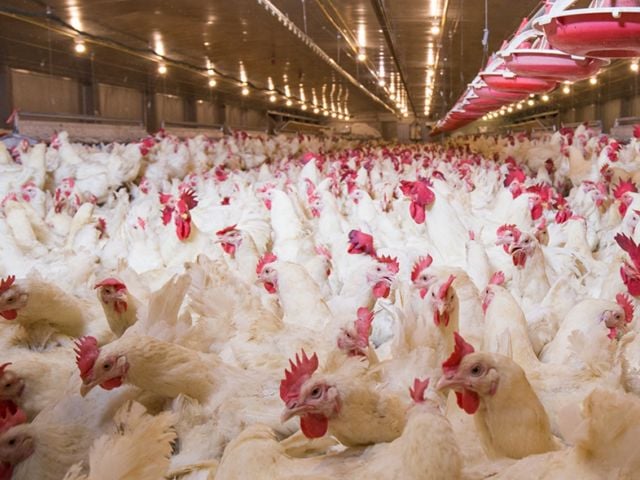USDA’s Farm Conservation Program a Promising But Unfocused Remedy for Water Pollution and the Gulf “Dead Zone”
WASHINGTON, May 27, 2009 – Agriculture is a leading source of water pollution in the 10 states that border the Mississippi River. Agriculture is also the leading source of pollution causing the “Dead Zone” at the mouth of the Mississippi in the Gulf of Mexico. A new report by the Environmental Working Group (EWG) finds that enrolling farmers into the voluntary federal Environmental Quality Incentives Program (EQIP) is unlikely to result in cleaner water unless taxpayer funds are targeted to the highest priority locations and used in watershed-scale clean-up projects.
EWG’s new report on the 10 Mississippi River border states* finds that the EQIP program, which pays farmers and ranchers to reduce farm runoff, improve water and air quality and preserve wildlife habitat, is a promising but unfocused tool for remedying the unintended environmental consequences of agriculture.
The Obama Administration faces many challenges, but also an unparalleled opportunity to revive the Mississippi River and remedy its pollution problems for future generations. EWG calls on the President’s USDA to seize this watershed moment to: a) set clear and specific goals for how much pollution needs to be reduced, b) identify which lakes, streams or tributaries are priorities for improvement, and c) set a timetable to achieve those goals.
However, if EQIP is not effectively targeted and if Congress and the Administration fail to fully fund the program, there is little hope for improving either local water quality or the Dead Zone in the Gulf of Mexico. The track record on targeting is poor and EQIP funding has fallen short of what was promised in the Farm Bill every year since 2002. President Obama’s 2010 budget continues the string of bad news, proposing funding for EQIP that is $250 million lower than was provided in the 2008 Farm Bill.
The EWG report recommends that the 10 states bordering the Mississippi River use 60 percent of their EQIP funds in watershed-scale water quality clean-up projects. This approach encourages multiple farmers in a watershed – the land draining into a specific stream, river, or lake – to reduce pollution by an amount needed to restore that water body’s water quality.
“If USDA takes quick action to target these funds, we can seize an important opportunity to protect the Mississippi River and mitigate the annual Gulf ‘Dead Zone’ catastrophe,” said Michelle Perez, EWG senior agriculture analyst and co-author of the report. “Unfortunately, there will never be enough taxpayer assistance to reach all farmers. Thus, it is critical that USDA use scarce public funds to design watershed-scale clean-up projects that will result in measurably cleaner water,” Perez said.
Given the history of poorly targeted and under-funded conservation programs, it is becoming clear that voluntary programs alone will not clean up local streams, rivers, and lakes or heal the Gulf of Mexico. New approaches including strengthening and expanding the Conservation Compliance provisions of the Farm Bill, and regulatory action at the state or federal level will be needed to make real progress on these long-standing pollution problems.
The Environmental Protection Agency has long-identified agriculture as a leading source of sediment, nitrogen and phosphorus pollution in the nation’s waterways. In 2008, the US Geological Society identified fertilizers and livestock waste from farmlands in just 9 states (7 of which border the Mississippi River) as the source of over 70 percent of the nitrogen and phosphorus pollution causing the 8,000 square mile Dead Zone in the Northern Gulf of Mexico.
Go here for the EQIP Summary Report, https://www.ewg.org/conservation/report/EQIP-Water-Quality-Mississippi-River-States
# # #
EWG is a nonprofit research organization based in Washington, DC. Visit www.mulchblog.com for our farm subsidy database and related reports about agriculture and the environment.


